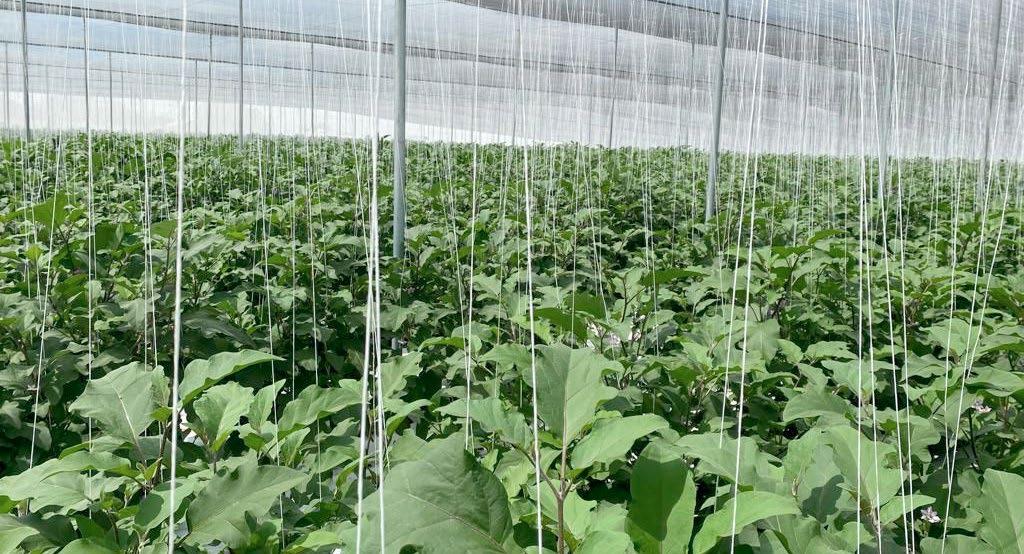GREENHOUSES I SHADE NET I HYDROPONICS I AQUAPONICS
Climate change will have drastic impacts on South Africa’s economy and society and the need to adapt is urgent.
New young entrants to the Greenhouse industry welcomed
A
s the country embarks on a just transition to a lowcarbon, climate-resilient and environmentally-sustainable economy, an opportunity exists to develop domestic small, green businesses. This case study forms part of a broader initiative on small business development in South Africa’s climate change space. It presents the journey and experience of Mogale Maleka and Tumelo Pule, two South African engineers active in the climate change adaptation space.
Vertical pipe systems for small scale commercial farming on the market generally do not have a water storage capacity incorporated in their designs. Irrigating systems therefore have to run continuously to prevent the plant roots from becoming dry and hindering plant growth or killing the plant. Electricity in South Africa is becoming more and more expensive and more unreliable due to power failures making it economically unsustainable to operate hydroponic systems continuously over extended periods of time.
Mogale Maleka and Tumelo Pule met while studying mechanical engineering at the University of Johannesburg (UJ), and together developed the idea of using hydroponic technology to foster efficient farming solutions for fresh produce.
With the assistance of funding from UJ-PEETS, Maleka and Pule designed the prototype that allows culinary plants to be irrigated periodically, thereby reducing energy use and allowing mineral solution to flow through to individual plants.
Despite the stigma associated with farming by young people, who gravitate towards professional careers, the team embraced hydroponic farming as a career path while in their 20s. HydroponicS technology complements their engineering skills and is a unique application through which they can harness the technical knowledge gained during their tertiary education. Maleka and Tumelo Pule, under the auspices of AB Farms (an agricultural tech company), looked at a way to upscale the system for small scale and commercial farming and approached UJ-PEETS for assistance to improve the irrigation system.
According to Mogale Maleka: “Given its ability to store water within the design, it will reduce the amount of energy required to grow produce while simultaneously increasing the planting density per square meter, thus reducing costs and increasing production capacity. The system allows plants to have access to water continuously even when the irrigation system is off (due to power failures, pump failure etc). It also allows for the reuse/recycling of the irrigating water thereby saving water, fertilizers and electricity.” Mogale Maleka and Tumelo Pule: Using hydroponics to enhance food security.
Before entering the space commercially, the team researched the field heavily, seeking to understand current developments in hydroponic technology and the outlook for the market. With increased urbanisation, land access issues, and water security concerns, the pair felt passionate about being in the field and this formed the basis on which AB Farms was built. AB Farms is a small agri-tech business aimed at developing hydroponic farming solutions and providing fresh produce. Venturing into this market segment is a tall order, given the competitiveness of established fresh produce value chains. Originally, the team focused solely on hydroponics farming. In pursuing this, they soon realised that increasing the footprint of the technology would require tailoring planting solutions to local contexts. The firm then added a second stream of work focusing on research and development of hydroponic models for farming in South Africa. AB Farms as a business is split into two: on the one hand, it develops and tests hydroponic models, and on the other hand, it practices hydroponic farming. HARNESSING HYDROPONICS Hydroponics farming is an innovative and high-tech approach to farming without
10 Undercover farming I March/April 2022 I Volume 19 No 2 9






